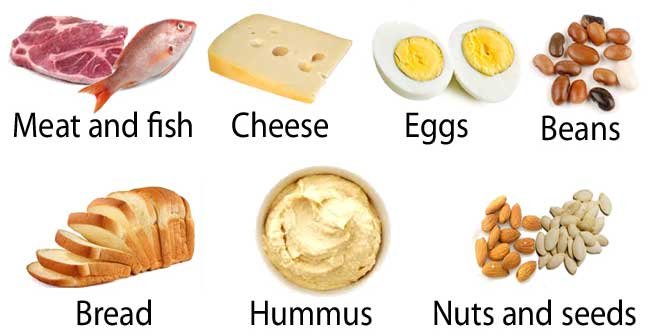We advocate eating tuna because when it comes to dietary sources of protein it’s an excellent source of protein (and, depending on the type, healthy fats) and offers a different array of amino acids than your usual dietary sources of protein of land-locked beef and chicken.
But just because it is in your lunch or on your menu every other day does not mean you know all there is to know about tune. Here is a little more info to help you understand why tuna is one of the top choices on the list of dietary sources of protein.
Light Tuna: (6 oz., in water) – 197 calories, 43 g protein, 25 g carbs, 0 g fat, 0 g fiber. Although it all looks similar, tuna meat can come from a variety of related species. Light tuna, for example, can include meat from one of many types of tuna.
Regardless, the quality is reasonably good, and it’s cheaper than white tuna. It’s also way lower in fat than white tuna, which makes it a great postworkout protein.
White Albacore: (6 oz., in water) – 220 calories, 41 g protein, 0 g carbs, 5 g fat, 0 g fiber. Another species of tuna, albacore is the only variety that is allowed to be labeled “white” in the United States.
While it’s higher in fat, those fats are, for the most part, healthy fats – one 6-ounce serving of albacore can contain as much as 1,350 mg of omega-3 fatty acids.
Tina Steak: (4 oz., in a pouch) – 160 calories, 36 g protein, 0 g carbs, 2 g fat, 0 g fiber. This tuna is also albacore, and the only way it differs from the one described above is that it is a steak instead of chunks.
A couple of caveats: Watch the serving size and the nutrient label – a pouch generally contains less than a can, and these steaks are often marinated, which can add some carbs.
Bluefin Tuna: (6 oz. raw) – 245 calories, 40 g protein, 0 g carbs, 8 g fat, 0 g fiber. Steakhouses are great and all, but on your next hot date, don’t forget about sushi. Sushi-grade tuna most often comes from a species called bluefin.
It, too, is high in fat, which contributes to its rich flavor. Yet those are healthy fats just like those in albacore, so go ahead and eat up.
Ahi Tuna: (6 oz. raw) – 184 calories, 40 g protein, 0 g carbs, 2 g fat, 0 g fiber. Also known as yellowfin tuna, ahi is the fish’s Hawaiian name. It can also be of sushi grade, which is why it is safe to eat seared (cooked on the outside with a raw center). Unlike bluefin, however, ahi is low in fat, so unwanted calories aren’t really an issue. [via]

